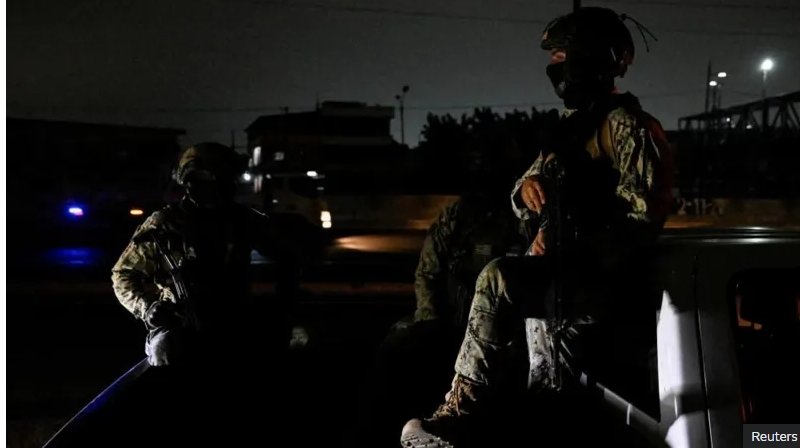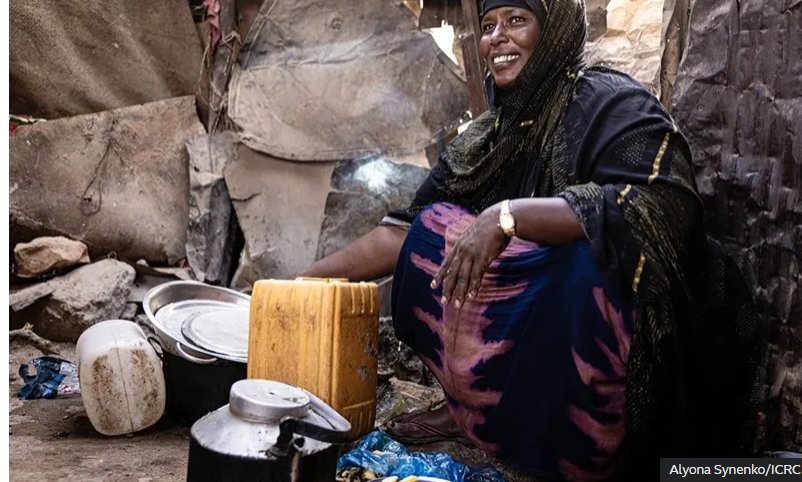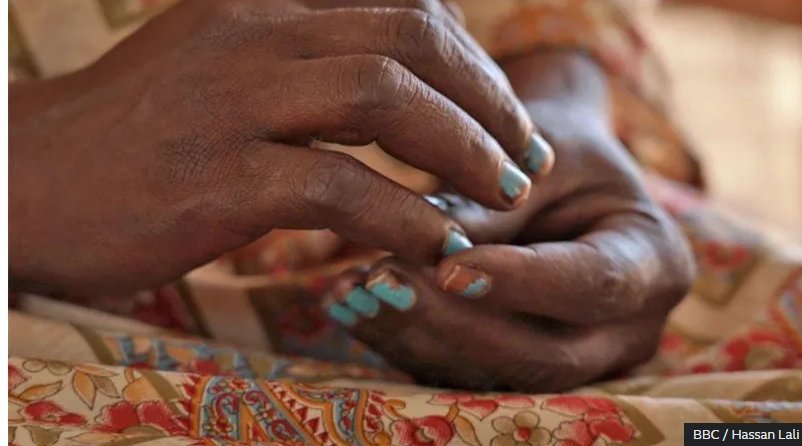
Drought Crisis in South America: Wildfires and Blackouts on the Rise
Ecuador has begun experiencing planned power cuts earlier than expected due to a severe drought that is affecting its hydroelectric plants. The country is facing its worst drought in 60 years, with no significant rainfall for over two months, leading to electricity shortages. The government had initially announced nightly blackouts starting Monday, but 12 provinces saw their power cut during the day over the weekend, from 08:00 to 17:00 local time. Hydroelectric plants, which provide 70% of Ecuador’s electricity, are now operating at critically low water levels, pushing the country into a power crisis. President Daniel Noboa warned that further cuts and additional emergency measures might be necessary if water levels don’t rise soon. He also pointed to political failings as part of the issue, blaming past governments for failing to maintain infrastructure and prepare for contingencies.
In response, a red alert has been declared in 15 provinces, including the capital, Quito. Sixty neighborhoods in Quito are also facing water shortages as part of rationing efforts. It’s not the first time Ecuadorians have had to cope with power cuts—just six months ago, similar outages lasted up to 13 hours a day due to drought conditions. The current drought, however, is not isolated to Ecuador. Several countries across South America are grappling with record-breaking droughts that have led to widespread wildfires and water shortages. In Brazil, Bolivia, and Peru, the Amazon and Pantanal regions are among the hardest hit, with the drought devastating ecosystems and local communities.
In Colombia, nearly 11,000 hectares (27,000 acres) of land have been consumed by wildfires as firefighters struggle to contain the flames. Meanwhile, Peru has declared a 60-day state of emergency in jungle regions along the Brazil-Ecuador border where forest fires are spreading. The Amazon River, a lifeline for many in the region, has seen its water levels drop to historic lows, threatening food supplies and local livelihoods. Last week, the Brazilian Geological Service reported that many rivers in the Amazon basin were at their lowest levels on record. This year’s drought in the Amazon basin has been described as the most severe in at least 45 years. Scientists from the World Weather Attribution group have linked the increasing frequency and intensity of such extreme weather events to climate change, making the current crisis far more likely and devastating. South America’s worsening droughts highlight the urgent need for action as countries struggle to manage the impacts of climate change on vital ecosystems and essential resources like water and electricity.
Advertisment

🌍 Somalia Faces Dire Climate Challenges but The...
Sep. 18th, 2024Somalia, despite being one of the world's poorest nations and plagued by violence, is still "...

Israeli Strikes in Central Syria Kill 14, Accordin...
Sep. 9th, 2024At least 14 people were killed in Israeli airstrikes targeting military sites in central Syria, as r...

Chelsea Submit Official Bid for Osimhen
Aug. 29th, 2024Chelsea have officially entered the race for Victor Osimhen, submitting a formal offer for the Napol...

Naira Crude Sale Yet to Happen – Operators
Aug. 7th, 2024The Dangote Petroleum Refinery and other domestic refineries in Nigeria have not yet begun purchasin...

Rape me, not my daughter - Testimony from the fron...
Sep. 27th, 2024Sudan is teetering on the brink after 17 months of devastating civil war. The conflict has torn the ...